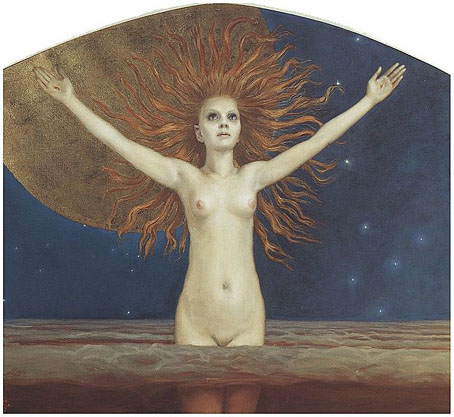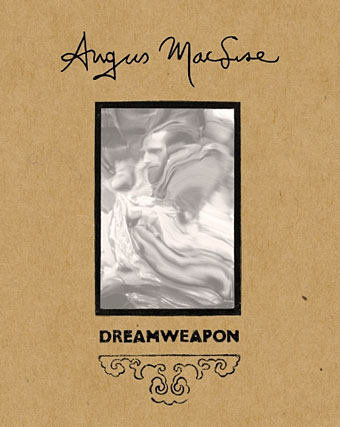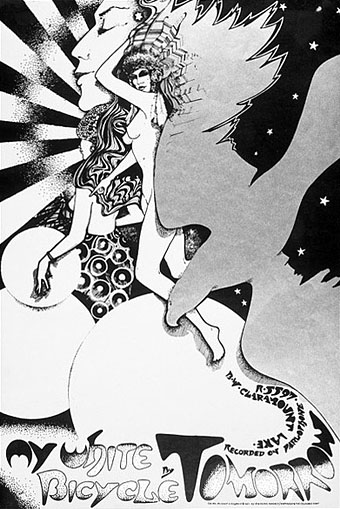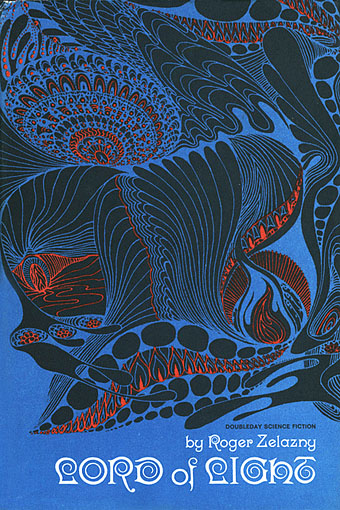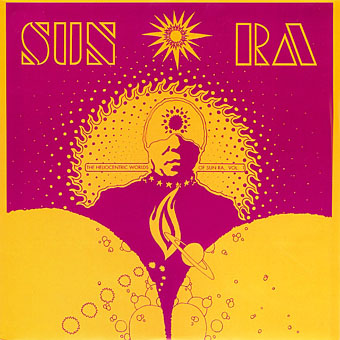
Ira Cohen (1979) by Gerard Malanga.
Another of the psychedelic magi departed our mundane sphere this week, and for the moment his passing seems to have been unacknowledged by those cultural wardens who you’d think would know better. Ira Cohen was a poet with a gift for phrases which demand to be appended to Mati Klarwein paintings (one such phrase, The Surgeon Of The Nightsky Restores Dead Things By The Power Of Sound, was used by Jon Hassell for an album title); he was also a photographer whose use of a chamber covered in sheets of reflective Mylar turned photo-portraiture into a psychotropic art:
I never wanted to be a photographer like the commercial photographers. For me, it was more about the involvement of the mirror, and scrying, reflection, crystal-ball-gazing, trying to get to some other place. It was all about reflection, in the deepest sense of the word. (More.)
Cohen’s 1968 film, The Invasion of Thunderbolt Pagoda, used his Mylar Chamber as a locus to create one of the key works of psychedelic cinema. More of that work can be seen here while his 1994 album of readings and music, The Majoon Traveler, is available via iTunes.
• The Invasion of Thunderbolt Pagoda, six postcards from Aspen no. 9 (1971).
Previously on { feuilleton }
• Dreamweapon: The Art and Life of Angus MacLise, 1938–1979
• William Burroughs by Ira Cohen, 1967
• The Invasion of Thunderbolt Pagoda

